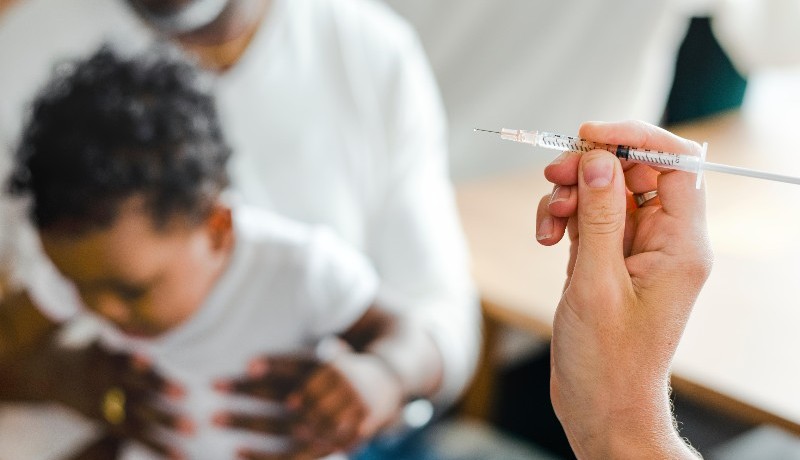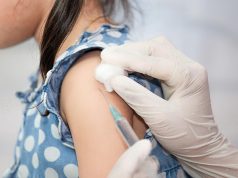Greatest increase in on-time vaccination seen for children with more than $75,000 in annual family income
By Elana Gotkine HealthDay Reporter
MONDAY, April 15, 2024 (HealthDay News) — From 2011 to 2021, there was an increase in vaccination timeliness among U.S. children aged 0 to 19 months, according to a study published online April 12 in JAMA Network Open.
Sophia R. Newcomer, Ph.D., M.P.H., from the University of Montana in Missoula, and colleagues conducted a cross-sectional study analyzing nationally representative data from the 2011 to 2021 National Immunization Survey-Child (NIS-Child) to measure vaccination timeliness among U.S. children aged 0 to 19 months. The surveys included 179,154 children, of whom 31.4, 32.4, and 30.2 percent lived above the federal poverty level with more than $75,000 in annual family income, lived at or above the poverty level with $75,000 or less in annual family income, and lived below the poverty level, respectively.
The researchers observed a decrease in the median average days undervaccinated for the combined seven-vaccine series, from 22.3 days in the 2011 survey to 11.9 days in the 2021 survey. There was an increase seen in the prevalence of on-time receipt of the combined seven-vaccine series, from 22.5 to 35.6 percent. The mean annual increase in on-time vaccination was 4.6, 2.8, and 2.0 percent for children with more than $75,000 in annual family income, for children living at or above the poverty level with $75,000 or less in annual family income, and for children living below the poverty level, respectively.
“Disparities in timely vaccination signal the need for an increased focus on access to and quality of immunization services for lower-income families and children without private health insurance,” the authors write.
Copyright © 2024 HealthDay. All rights reserved.








